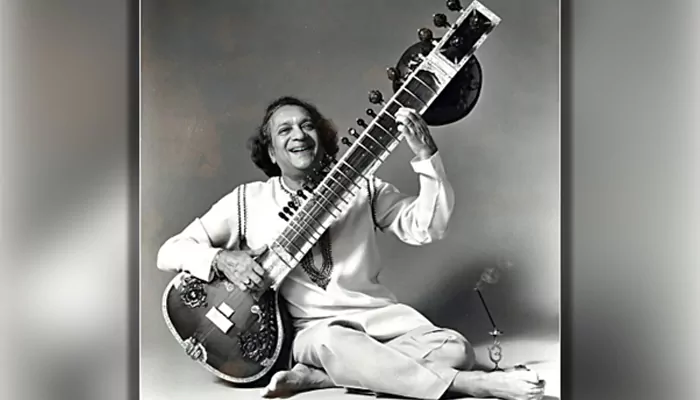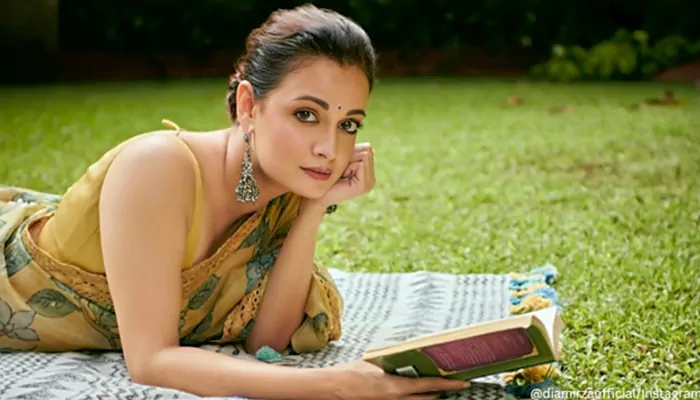Decoding Oscars' Voting: Here's How the 'Best Picture' Winner is Decided
- Soham Halder
- 9 months ago
- 4 minutes read

Every year, the Academy Awards, famously regarded as the Oscars, allure cine enthusiasts globally.
Among all the categories, the Best Picture category is the most prestigious, often causing heated debates and unique predictions. But how does the Academy decide which film wins the golden statuette? Unlike other awards that depends on a simple majority, the Best Picture winner is always determined by a complex preferential voting system. Let’s understand the process behind Hollywood’s biggest prize.
Who Votes for the Oscars?
The Oscars are presented by the Academy of Motion Picture Arts and Sciences or AMPAS, which is an organization with more than 10,000 members from different areas of the film industry, such as actors, directors, producers, writers, and cinematographers. For nominating films in the Best Picture category, every member of the Academy gets a say, making it the only category where all branches come together to vote. After finalizing the nominations, the same Academy members vote again to decide the winner—but not in the way you might imagine.

The Preferential Voting System
The Best Picture category uses a ‘preferential voting system’ which is also called instant-runoff voting. This unique system ensures that the winner has the broad support across Academy rather than being a divisive favorite. Following is tge mechanism how it works:
Step 1: Ranking the Films
Rather than choosing just one favorite, Academy voters rank all the nominated films based on the preference—#1 being their top choice, followed by #2, #3, and so on.
Step 2: Counting the First-Choice Votes
After voting, starts the counting process by checking how many first-choice votes each film received. If any film receives over 50% of the first-choice votes, it immediately destined to become Best Picture. However, this happens rarely due to the differences of preferences among voters.
Step 3: Eliminating the Least-Favored Movie
If there is a film without any majority, the film with the fewest first-choice votes is automatically eliminated. The ballots that had this film as their first choice are then transferred to the next preferred film on those ballots.
Here's how the Academy's ranked choice voting system decides the #Oscars....with some help from our favorite snacks. 🍿🍭🍫🥤 pic.twitter.com/7qso039uut
— The Academy (@TheAcademy) March 16, 2022
(Credit - X/@TheAcademy)
Step 4: Repeating the Same Process
This elimination process continues in every round until one film eventually receives over 50% of the votes, deciding one with the Best Picture winner.
The Reasons behind Preferential Voting:
The preferential voting system is developed to reward films that are broadly favoured rather than the ones with passionate but without much support. Following are the reasons:
A polarizing film that is accepted by some but disliked by majority should not win if it doesn’t have a broad appeal.
A movie which is consistently ranked higher (#1, #2, #3) by most voters, despite not being their first choice has always greater chance of winning.
This proven method prevents a Best Picture winner from being selected just because it has a tiny but extremely dedicated fanbase.

(Still from Parasite)
Examples of How It Works in Practice
In several years, this system has played a vital role in determining the winner.
In 2016, "Moonlight" won the Best Picture award over "La La Land" after a dramatic announcement mix-up. Many experts believe "Moonlight" benefited from preferential voting, as it was widely respected and ranked higher on more ballots.
In 2019, "Green Book" received Best Picture award despite numerous controversy because it was seen as a compromise choice that majority of voters ranked relatively higher, even if it wasn’t their first preference.
In 2020, "Parasite" won the award as a widely admired film that secured enough second and third-choice votes to beat other competitors.

(Credit - USA Today)
Now, you might have a question on if this system makes any difference. The answer is, yes, it does! The Best Picture is mostly that film which is broadly appreciated across the industry to ensure a balanced outcome.
So, the next time you’re watching the Academy Awards and wondering why your favorite movie didn’t receive the Best Picture, remember—it’s not only about the loudest cheers but about the widest consensus.












